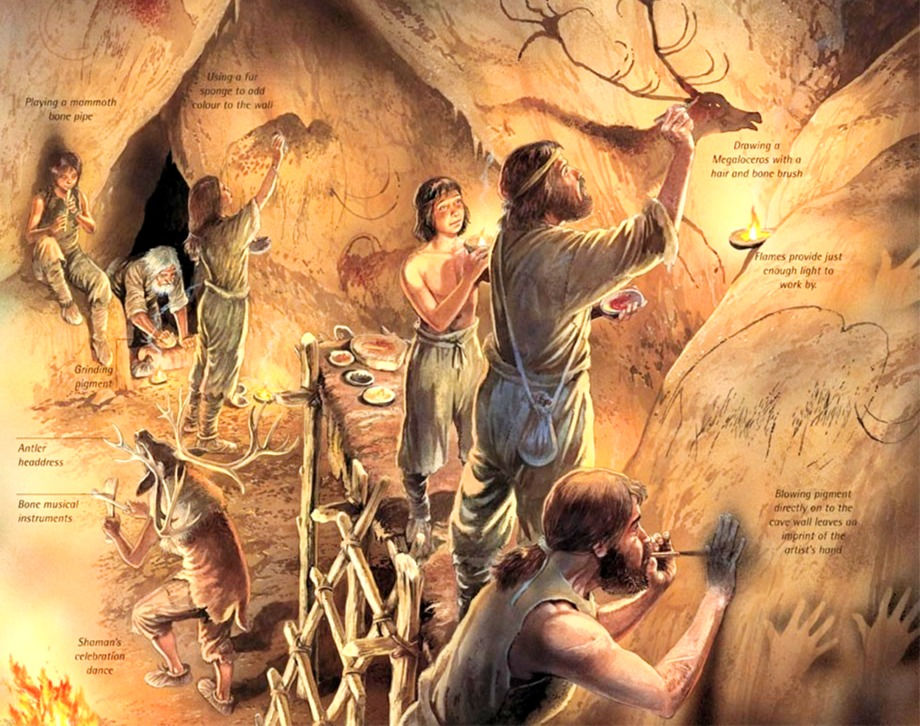Cave Art
Updated: Sep 14, 2022

Ironically, with all of the developments throughout history that led to printing, books, literature, and education on a mass level, we are now full circle, back to communicating by symbols via texts which use some of the same symbols found in the caves.visiting from time to time. Art predates math and science and shows us a glimpse into the life of our ancestors. They created these masterful drawings out of their memory of experiences to pay tribute to the animals that provided their life source. Numerous factors needed to develop before they evolved to the point of their creation. Community, fire, building skills, and command of the materials.
We compared numerous caves throughout the world that share similar symbols and markings which were the origins of art, language, alphabets, and communication.
Ironically, with all of the developments throughout history that led to printing, books, literature, and education on a mass level, we are now full circle, back to communicating by symbols via texts which use some of the same symbols found in the caves.
Some of the most interesting aspects of Cave Art are the discoveries of techniques and materials that have lasted throughout thousands of years. The class experimented replicating original materials by mixing pigments from charcoal, berries and flowers, and drawing with plants, sticks, charcoal, and chalk. Their experiments culminated in the creation of contemporary mixed media drawings inspired by the early cave artists. It was a multi-layered process that incorporated some of the original symbol's, chalk, pencil and markers.
This is the first of several lessons we will do during the year, comparing ancient art and contemporary artists that have been influenced by the same images and subject matter found in caves and petroglyphs. The enduring legacy of the earliest artists can be seen today in the resurgence of art reflecting the primal and universal images found in nature.
*A recent discovery of impressions of hands made by two children over
170,000 to 200,000 years ago, may be the earliest work of human art.
The ancient prints were found near the village of Quesang in Tibet,
in a petrified boulder beside a hot spring.





















Comments